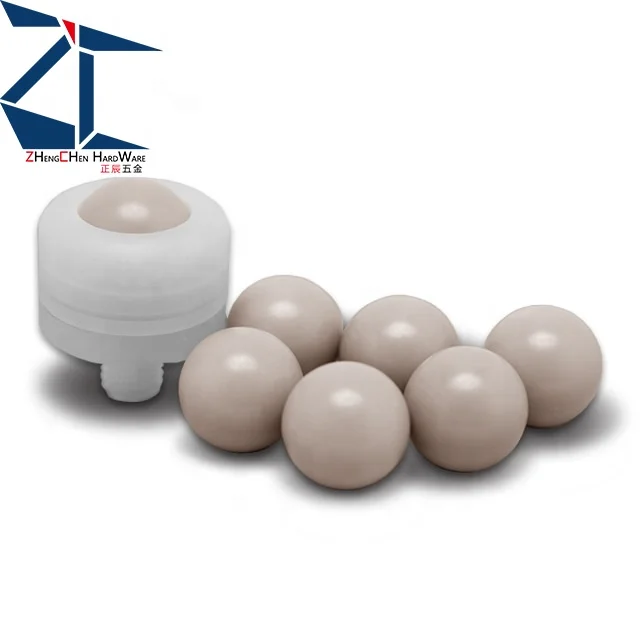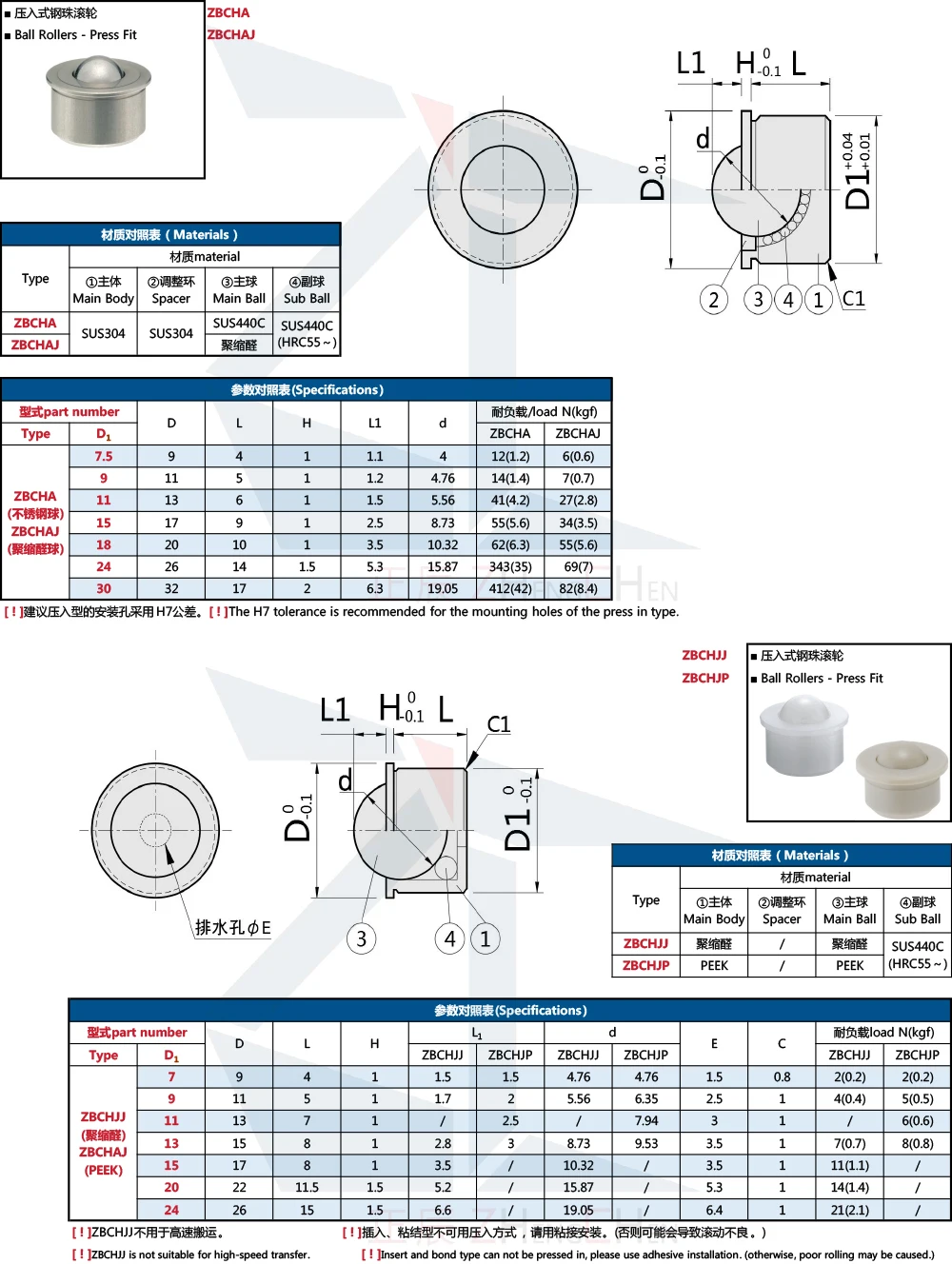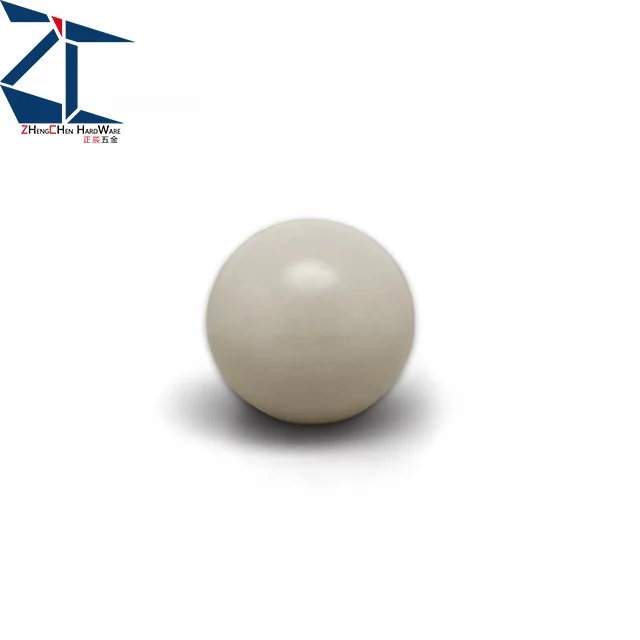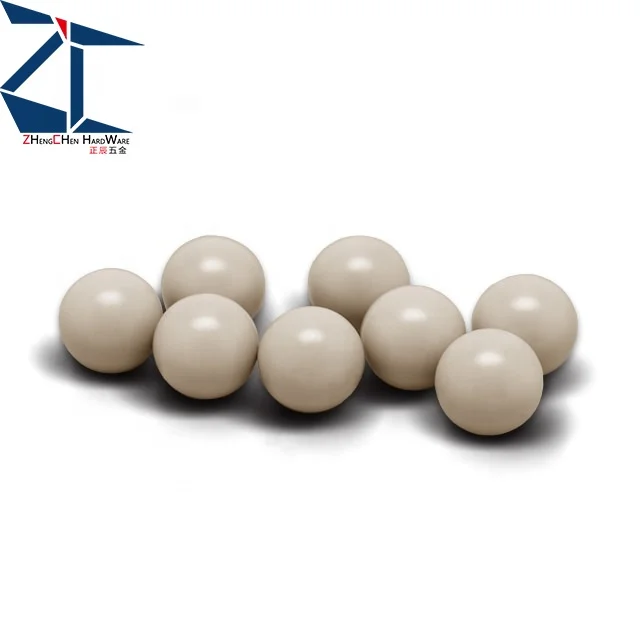описание
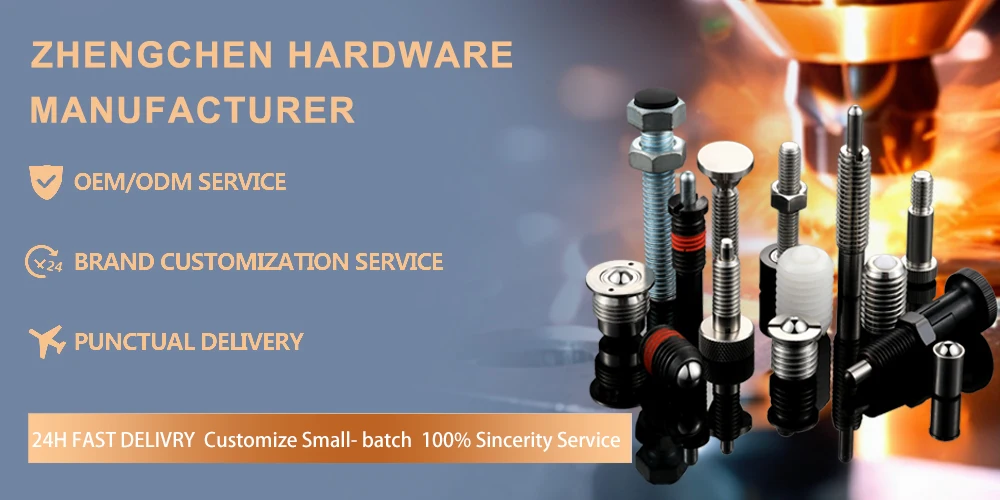
|
наименование продукта
|
Производители оборудования для крепежных элементов
|
||||||
|
профессиональное внимание
Крепление оборудования
Снис 2011✌
|
шаровой пленгер/пружечные пленгеры из нержавеющей стали/ручной выдвижной пружинный пленгер/пружечно загруженный пленгер/мультипролетный пленгер/короткий микропружечный пленгер/минииндексирующий пленгер/устройство
Одноразовый сервис ~~
Один за бесплатные образцы ~~ Не стесняйтесь, свяжитесь с нами бесплатно!
Это будет прекрасное начало для нас.
|
||||||
|
упаковка
|
мешки из пвк для надувных или картонные для духов или по инструкции клиента
|
||||||
|
морское судоходство
|
морским, воздушным или экспресс-посольством
|
||||||
|
порт
|
Шэньчжэнь, Гонконг, Гуанчжоу
|
||||||
|
время доставки
|
7 дней - 15 дней
|
||||||
|
оплата
|
t/t,50% депозит,50% остаток перед доставкой,West Union,paypal и т.д.
|
||||||
|
обычай
|
OEM/ODM
|
||||||
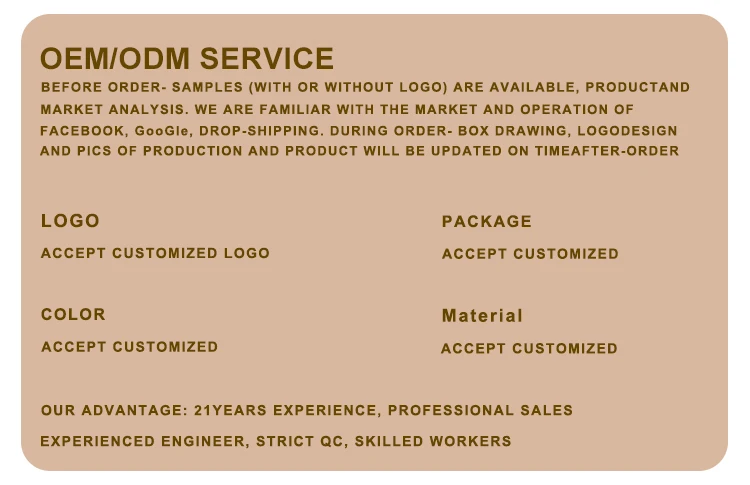









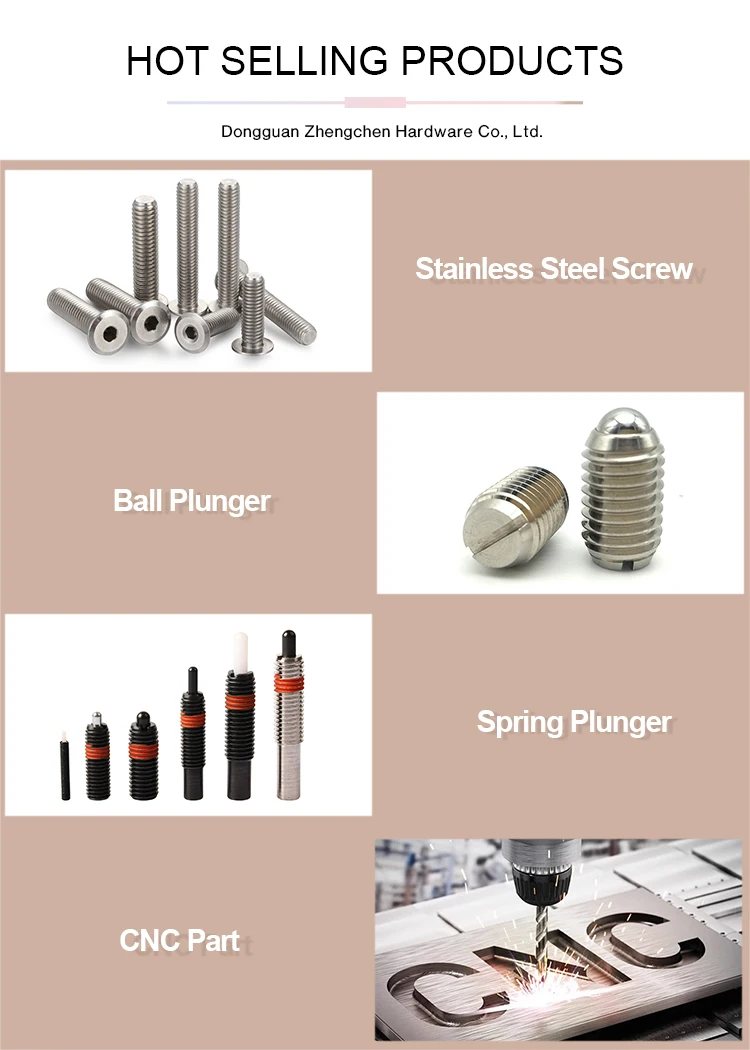

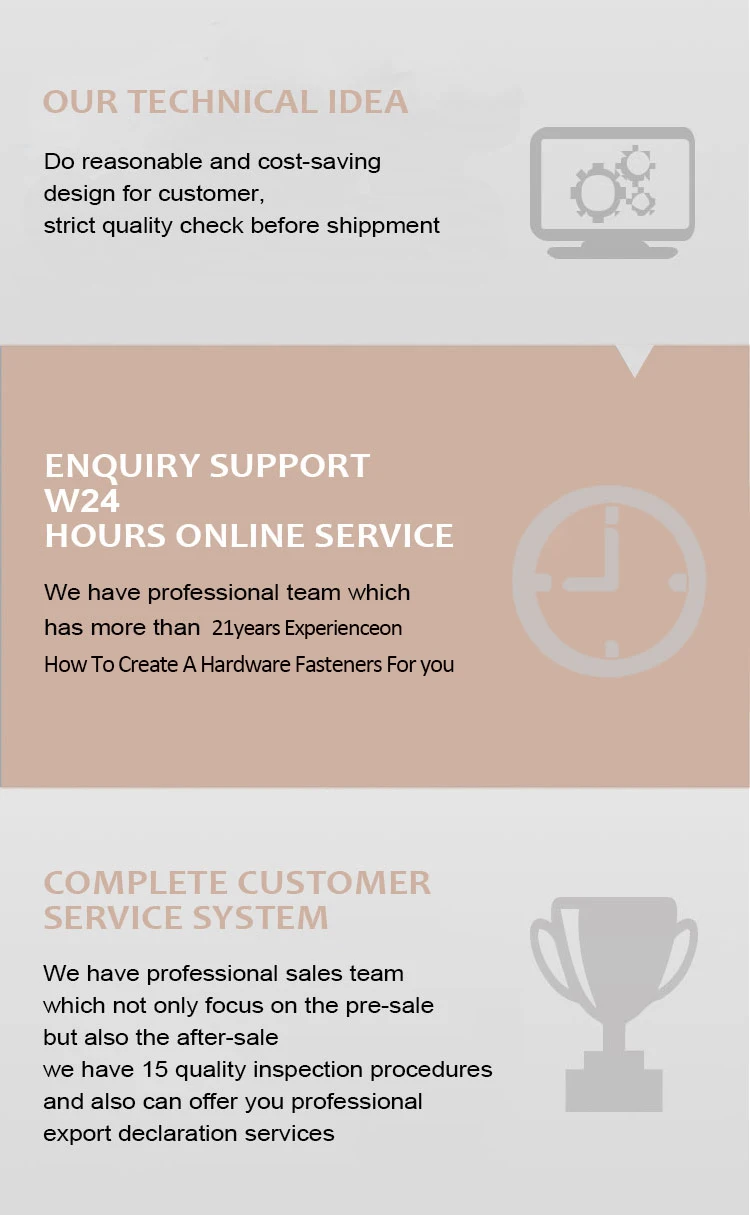
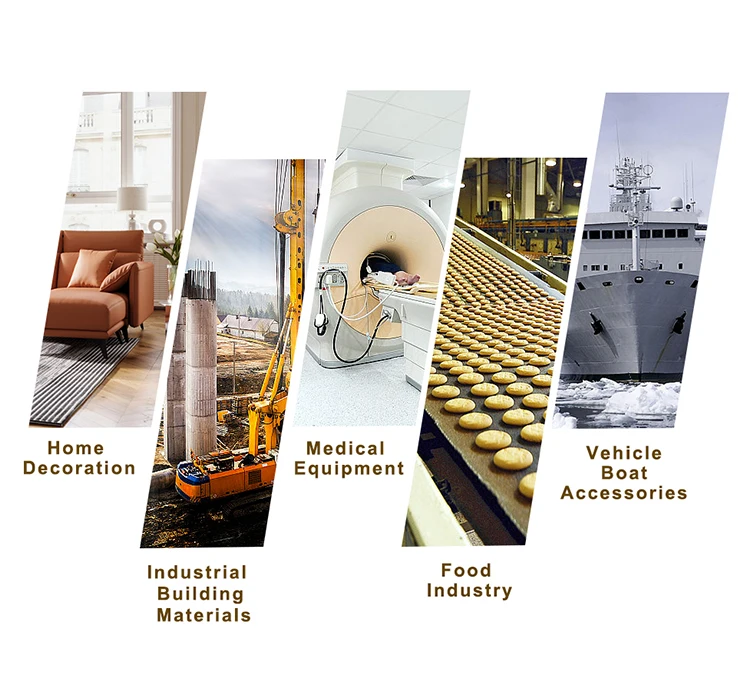
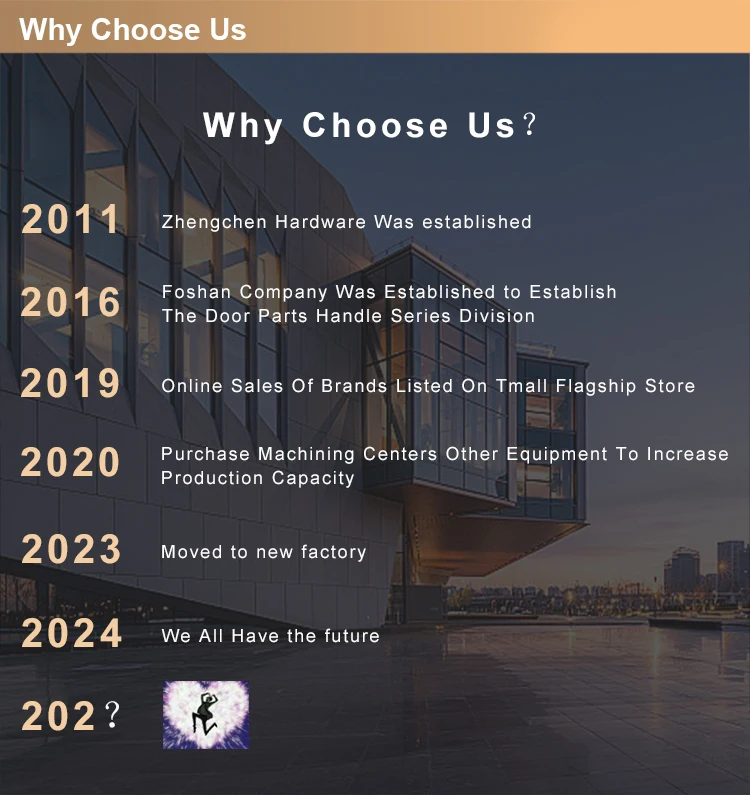
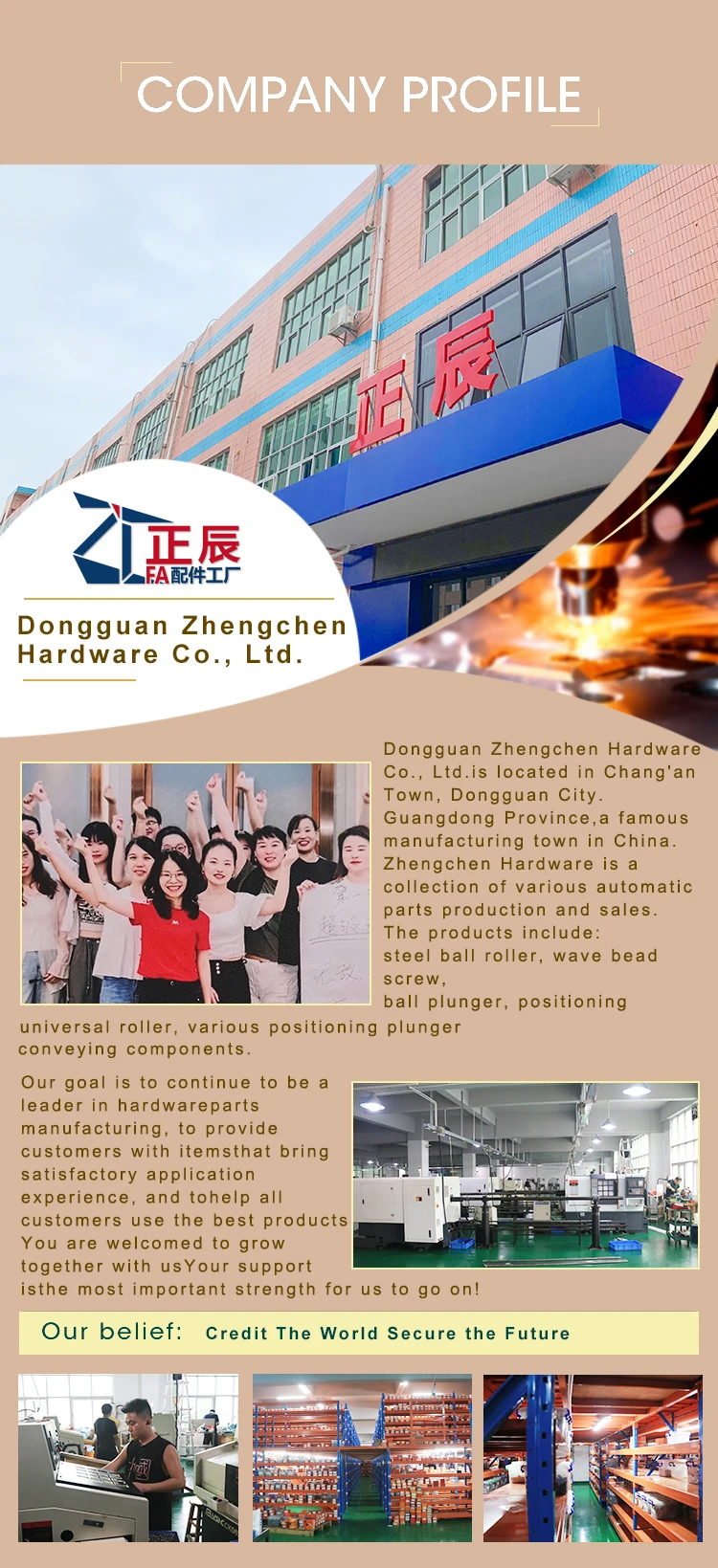
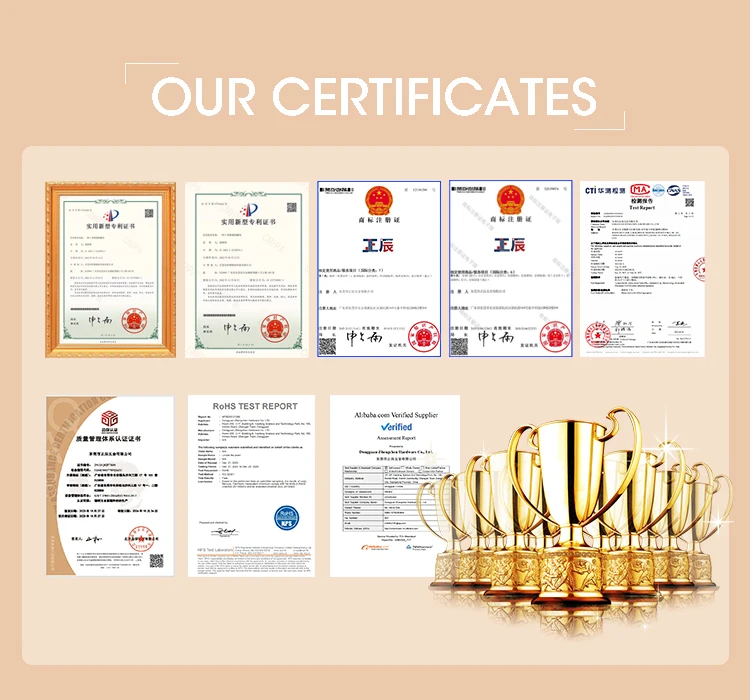
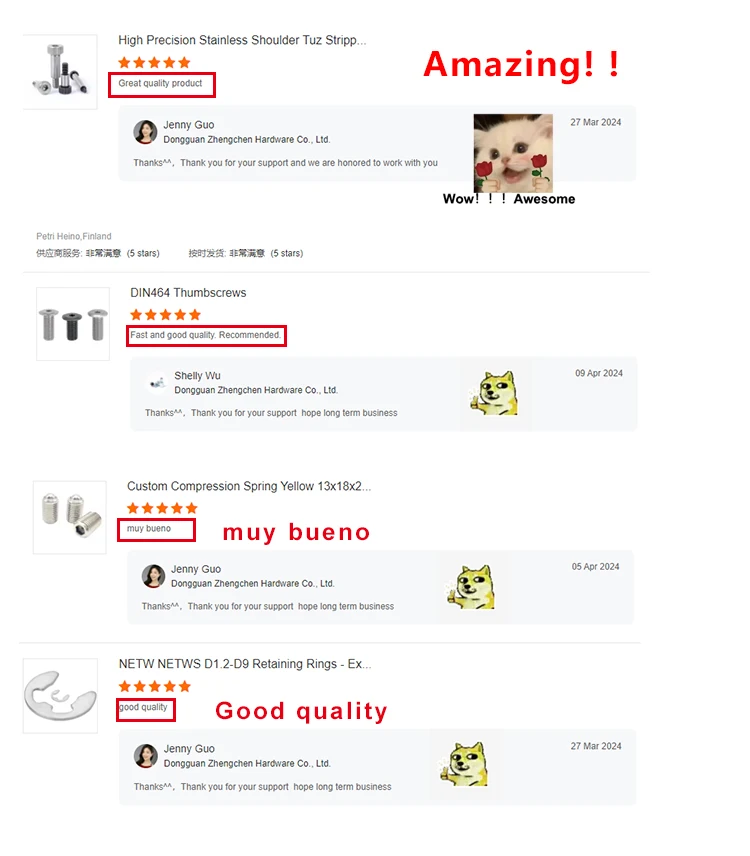
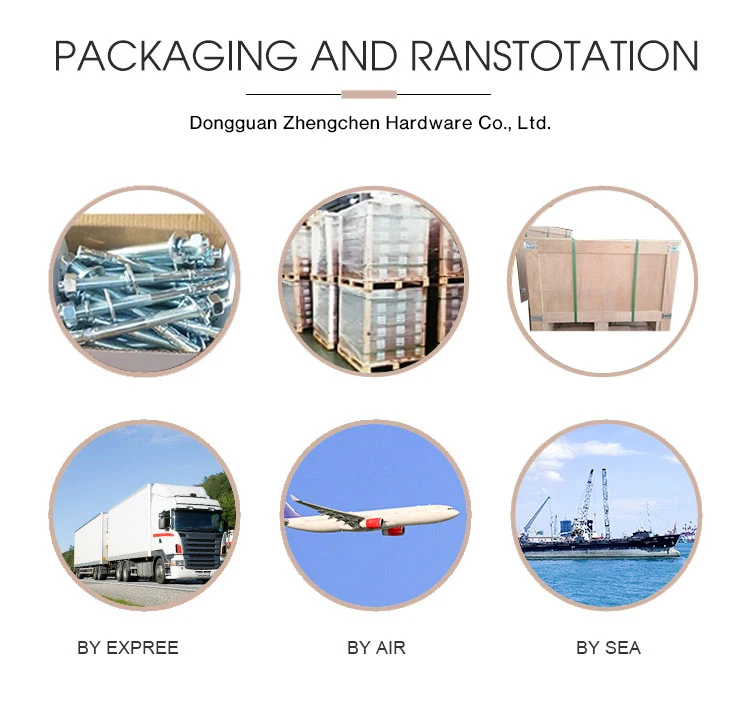
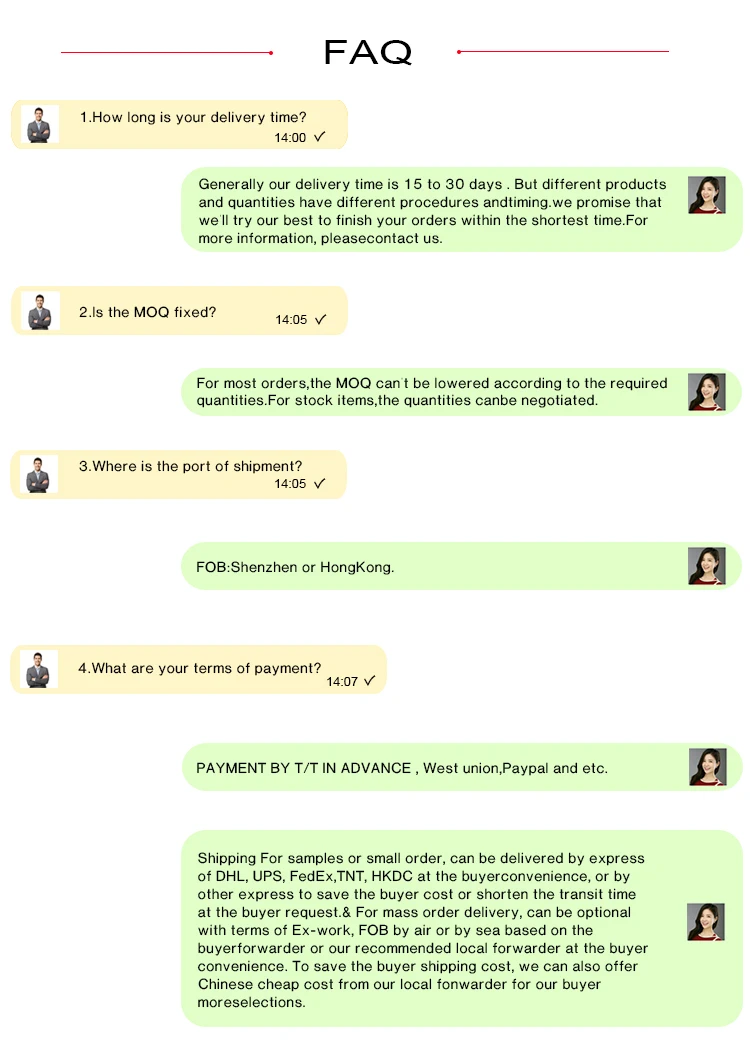

 EN
EN
 AR
AR
 CS
CS
 NL
NL
 FR
FR
 DE
DE
 IT
IT
 JA
JA
 KO
KO
 NO
NO
 PL
PL
 PT
PT
 RU
RU
 ES
ES
 TL
TL
 VI
VI
 TH
TH
 TR
TR
 MS
MS
 IS
IS
 BN
BN
 MN
MN
 NE
NE

